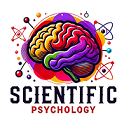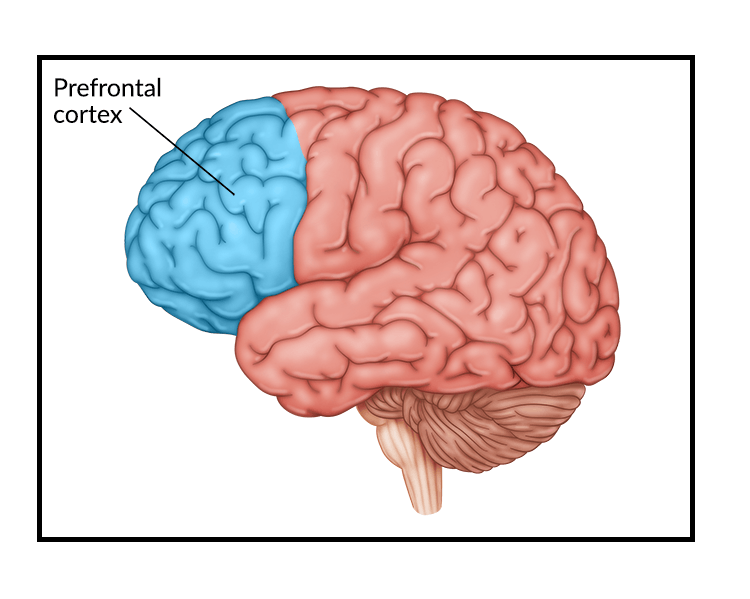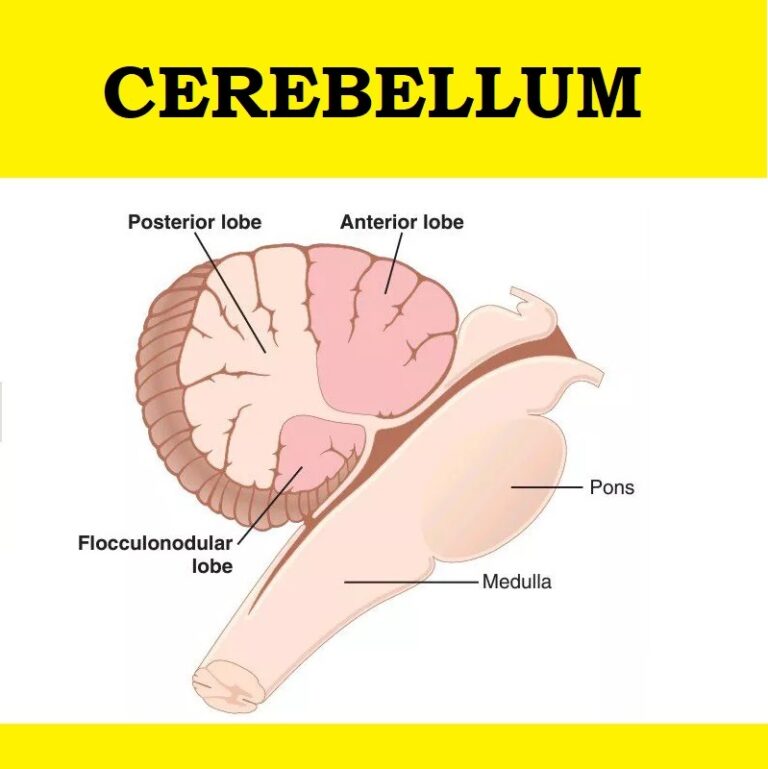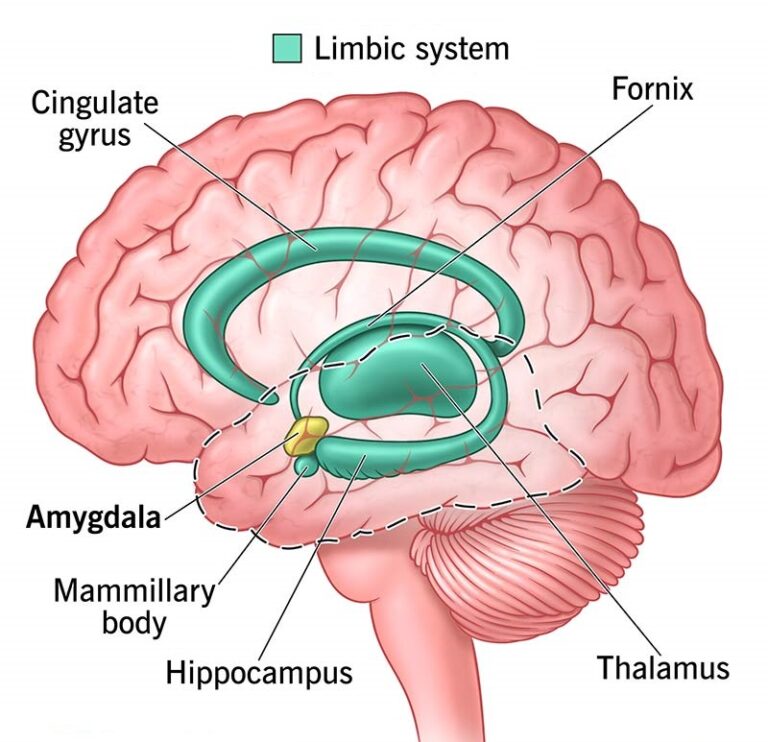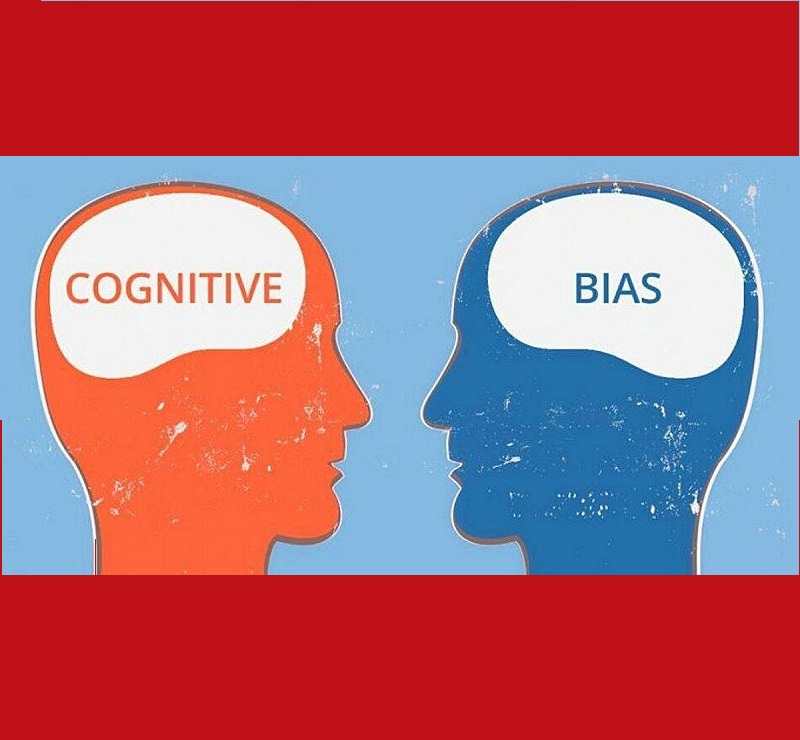
Understanding Cognitive Biases: Insights, Implications, and Practical Applications
Human thinking, while highly advanced, is not without its quirks. Cognitive biases are systematic errors in thinking that influence how we make decisions and judgments. These biases arise from our brain’s attempt to simplify information processing and often operate unconsciously. Understanding cognitive biases can help us navigate personal relationships, workplace challenges, and societal dynamics more effectively.
What Are Cognitive Biases?
Cognitive biases are mental shortcuts, or heuristics, that our brains use to make quick decisions. While these shortcuts can be helpful in many situations, they can also lead to flawed reasoning and poor judgment. These biases stem from factors such as limited information, emotional influences, social pressures, and memory constraints.
Key Cognitive Biases
| Bias | Description | Example | Impact |
|---|---|---|---|
| Confirmation Bias | Tendency to seek and interpret information that confirms pre-existing beliefs. | A person only reads news articles that align with their political views. | Leads to polarized thinking and resistance to alternative viewpoints. |
| Anchoring Bias | Relying heavily on the first piece of information encountered when making decisions. | A buyer negotiating a price starts with the seller’s initial high price as a reference point. | Results in skewed judgments and over-reliance on initial information. |
| Availability Heuristic | Overestimating the importance of information readily available in memory. | After seeing news reports of plane crashes, people may think air travel is more dangerous than driving. | Distorts risk perception and decision-making. |
| Overconfidence Bias | Overestimating one’s abilities or the accuracy of one’s knowledge. | A manager makes a risky investment, assuming their decision-making is flawless. | Leads to overestimation of skills and underestimation of risks. |
| Hindsight Bias | Believing, after an event has occurred, that the outcome was predictable all along. | After a company fails, critics claim they always knew it was doomed. | Impairs learning from past experiences. |
| Loss Aversion | Feeling stronger emotions about avoiding losses than acquiring equivalent gains. | A person refuses to sell a declining stock, fearing the loss, even when selling would minimize the overall loss. | Encourages irrational decision-making to avoid losses. |
| Halo Effect | Allowing a positive impression of a person or brand in one area to influence opinions in others. | Assuming a good-looking person is also highly competent without evidence. | Skews objective evaluation. |
Insights from Research
- Cognitive Biases and Decision-Making
Kahneman and Tversky’s groundbreaking work in the 1970s laid the foundation for understanding biases. Their research revealed that even expert decisions are often influenced by biases, such as loss aversion or overconfidence (Kahneman & Tversky, 1979). - Cultural Variations in Biases
Studies show that cultural context influences biases. For example, East Asian cultures, which emphasize collective thinking, are less prone to individualistic biases like overconfidence, compared to Western cultures (Markus & Kitayama, 1991). - Bias in Technology Use
Algorithms and AI systems can inherit cognitive biases. For instance, recommendation systems often amplify confirmation bias by suggesting content aligned with users’ existing preferences (Pariser, 2011). - Emotional States and Biases
Research suggests that emotional states can intensify biases. For instance, stress increases reliance on the availability heuristic, leading to decisions based on the most emotionally salient information (Starcke & Brand, 2012).
Practical Implications in Today’s Life
1. Workplace
- Bias in Hiring: Anchoring bias and the halo effect often skew recruitment decisions. Structured interviews and objective criteria can reduce these biases.
- Group Decision-Making: Groupthink—a form of confirmation bias—can undermine creativity. Encouraging diverse perspectives helps mitigate this.
2. Personal Relationships
- Hindsight Bias in Conflicts: Recognizing hindsight bias can help partners avoid blame after disagreements.
- Halo Effect: Being aware of this bias can promote more balanced perceptions in relationships.
3. Financial Decisions
- Loss aversion and overconfidence bias frequently affect investment choices. Awareness of these tendencies can lead to more rational financial planning.
4. Health and Safety
- Availability heuristic influences public health behavior. For example, sensational media coverage of rare diseases can overshadow more prevalent health risks.
Tables and Charts for Enhanced Understanding
Table: Emotional States and Cognitive Biases
| Emotion | Bias Amplified | Impact |
|---|---|---|
| Stress | Availability Heuristic | Reliance on emotionally salient information. |
| Anxiety | Loss Aversion | Overemphasis on avoiding perceived threats. |
| Happiness | Overconfidence Bias | Inflated sense of control and optimism. |
| Sadness | Anchoring Bias | Greater susceptibility to initial information. |
Chart : Bias Frequency by Scenario
A bar chart to display the prevalence of various biases in common situations like workplace decisions, personal relationships, or financial planning.
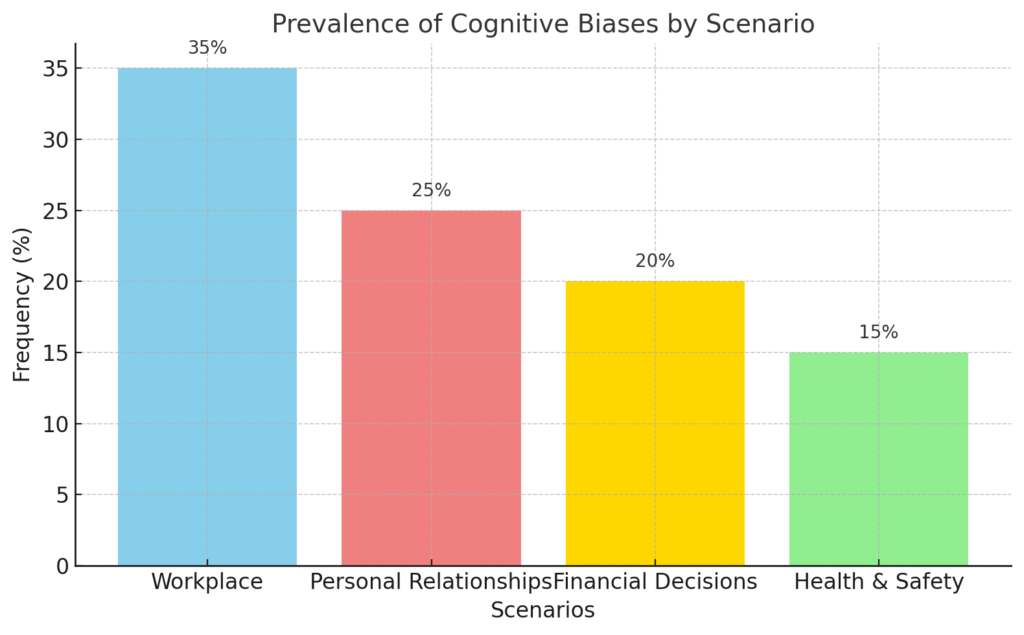
Visual Aid : Cognitive Bias Wheel
A wheel chart categorizing biases by their impact areas (e.g., decision-making, memory, perception).
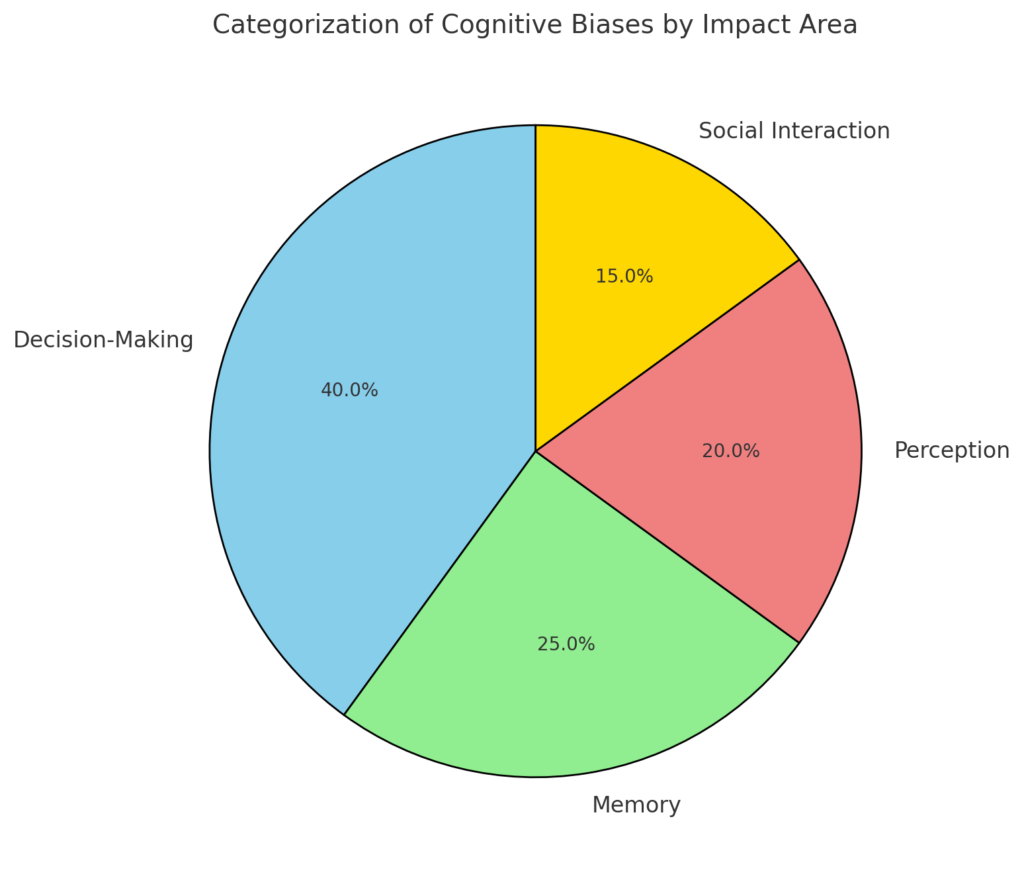
Final Words
Cognitive biases, while inherent to human thinking, can be managed through awareness and deliberate strategies. By recognizing these biases in ourselves and others, we can make more informed decisions, foster better relationships, and navigate the complexities of modern life with greater clarity.
As Daniel Kahneman aptly puts it, “We can be blind to the obvious, and we are also blind to our blindness.” The first step toward improvement is recognizing the invisible forces shaping our judgments.
References
- Kahneman, D., & Tversky, A. (1979). Prospect theory: An analysis of decision under risk. Econometrica, 47(2), 263-291. https://doi.org/10.2307/1914185
- Markus, H. R., & Kitayama, S. (1991). Culture and the self: Implications for cognition, emotion, and motivation. Psychological Review, 98(2), 224-253.
- Pariser, E. (2011). The Filter Bubble: What the Internet is Hiding from You. Penguin Press.
- Starcke, K., & Brand, M. (2012). Decision making under stress: A selective review. Neuroscience & Biobehavioral Reviews, 36(4), 1228-1248. https://doi.org/10.1016/j.neubiorev.2012.02.003
